OpenAI's latest innovation, Sora, is poised to revolutionize the landscape of multi-modal AI in 2024. With its groundbreaking text-to-video generative AI capabilities, Sora holds immense promise across diverse industries. Let's delve into what OpenAI's Sora is, how it operates, potential applications, and its anticipated impact.
What is Sora?
Sora represents OpenAI's foray into text-to-video generative AI. Simply put, it translates text prompts into corresponding videos, offering a seamless blend of textual input and visual output.
How Does Sora Work?
Operating on diffusion model principles, Sora gradually transforms static noise frames into video content that aligns with the provided text prompt. Notably, Sora tackles temporal consistency challenges by considering multiple video frames simultaneously, ensuring coherence in object movement throughout the video. By integrating diffusion and transformer models, Sora optimally balances low-level texture generation with high-level composition to deliver compelling video outputs.
Innovations in Sora:
One standout feature of Sora is its utilization of recaptioning techniques, enhancing prompt fidelity by augmenting text prompts with additional detail. Moreover, Sora's hybrid architecture efficiently organizes image patches through transformer components, streamlining content generation while preserving computational feasibility.
Limitations and Risks:
Despite its advancements, Sora grapples with limitations, such as the absence of implicit physics understanding and occasional spatial inconsistencies. Moreover, concerns regarding misinformation dissemination, copyright infringement, and regulatory challenges underscore the need for responsible implementation.
Use Cases of Sora:
Sora's versatility extends to various applications, including social media content creation, advertising, prototyping, and synthetic data generation. By simplifying video production and enhancing data storytelling, Sora empowers users across industries to realize their creative visions seamlessly.
Alternatives to Sora:
While Sora leads the text-to-video AI domain, alternatives like Runway Gen-2, Lumiere, and Make-a-Video offer similar functionalities, catering to diverse user preferences and requirements.
Implications for the Future:
The advent of Sora heralds a new era of generative video creation, with potential impacts spanning entertainment, education, and content creation domains. As Sora's accessibility grows, its integration into mainstream workflows could redefine how we interact with digital content, blurring the lines between physical and digital realities.
OpenAI's Sora emerges as a transformative force in the realm of AI-driven video creation. With its impending public release and wide-ranging applications, Sora promises to reshape digital content creation paradigms, paving the way for immersive, personalized experiences across industries. As we navigate the evolving landscape of generative AI, responsible development and ethical considerations remain paramount to harnessing Sora's full potential for positive societal impact.



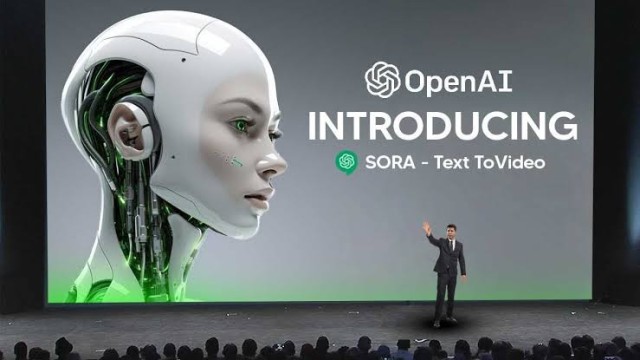

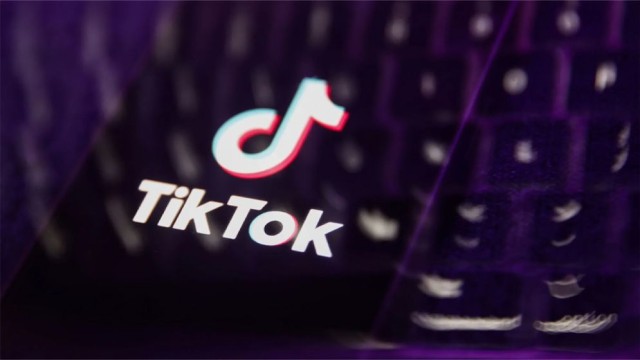
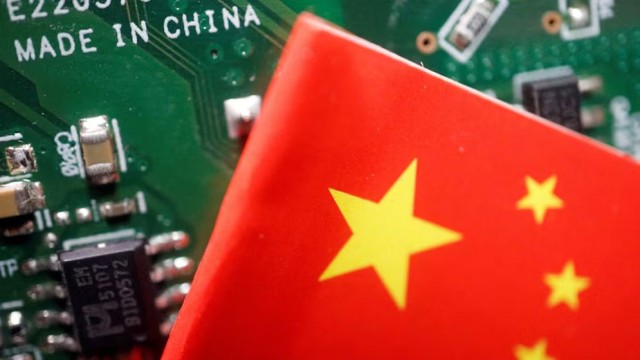
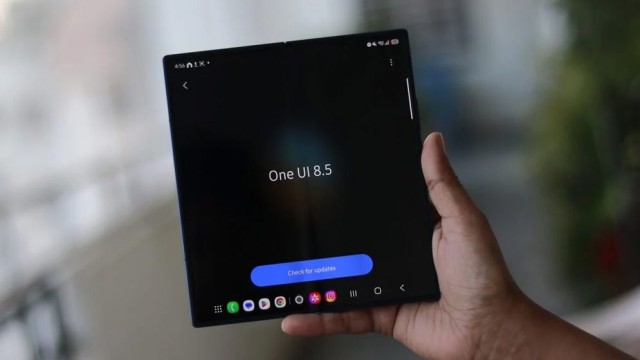
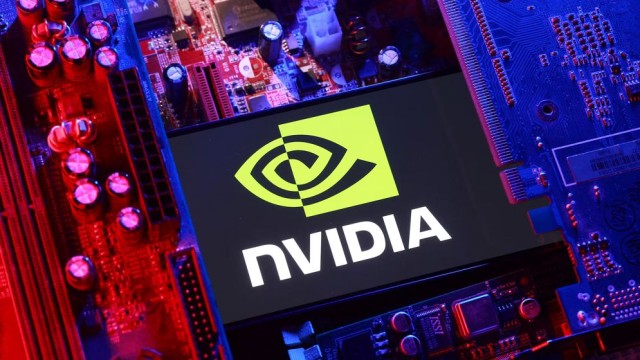
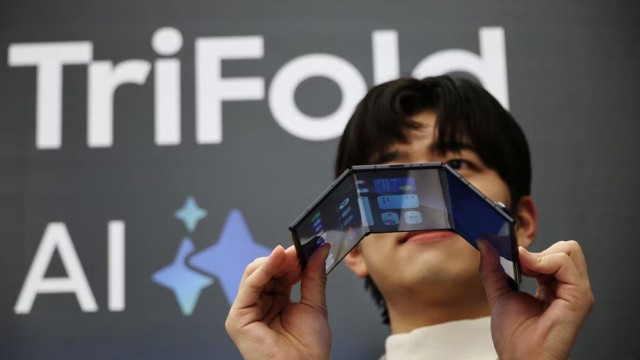



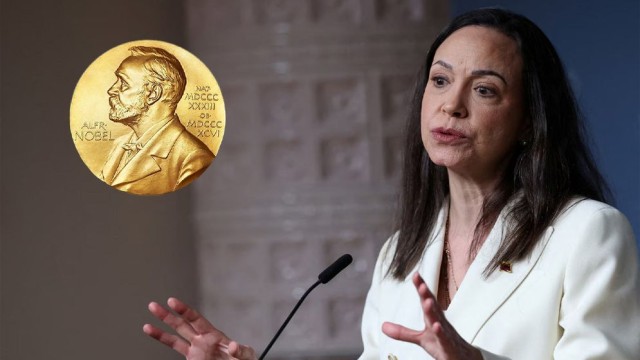

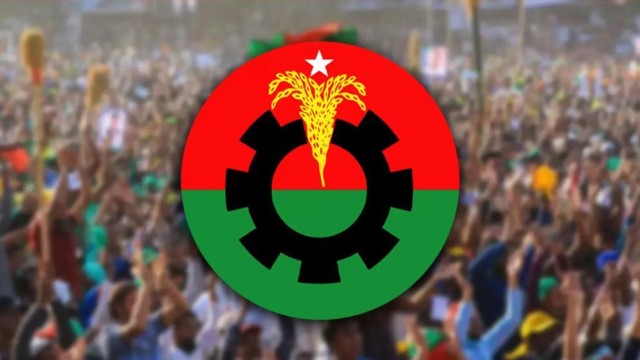



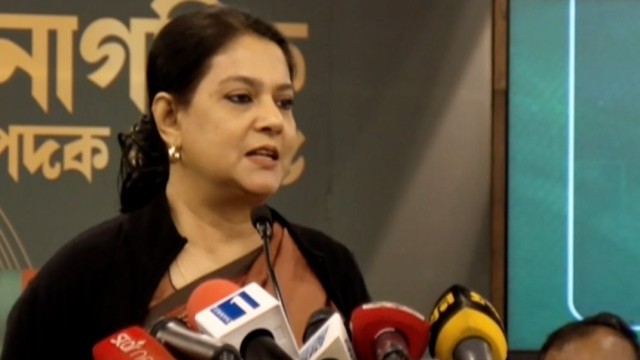


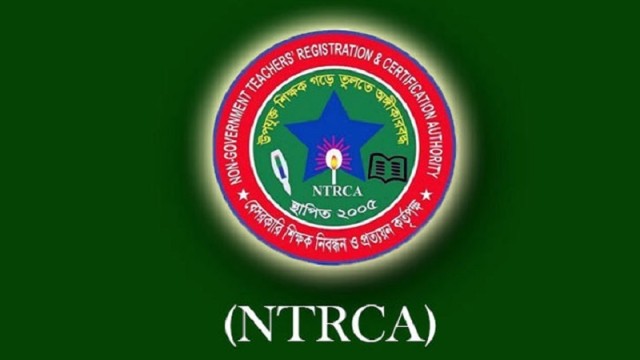

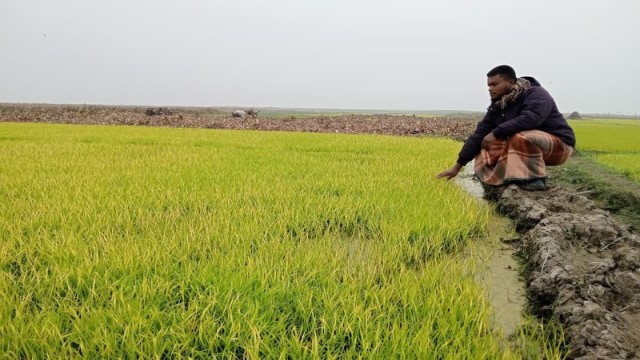






Comment: